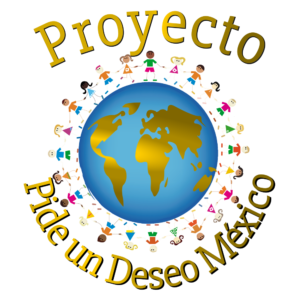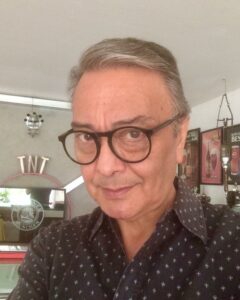
Interview with David Peña Castillo from Proyecto Pide un Deseo Mexico
When did you join your national patient association?
Since 1996, when we founded Proyecto Pide un Deseo Mexico (PPuDM), a lysosomal patient association.
What was the reason for joining?
To support the community with these diseases.
What are the vision and mission of your association?
The mission of PPuDM is to “never again allow a lysosomal patient to die just because someone does not do their job in public health institutions” in Mexico. The long-term vision is “to ensure that all Mexican patients with lysosomal deposit disorders have access to existing treatments in the public health institution that corresponds to them.” We want to be the obligatory reference in the work in favor of patients with lysosomal deposit diseases. For this we work every day to find the bridges and scaffolds that lead to this goal.
What do you consider to be the major achievements or activities that you are proud of?
General Health Law: in 2012 we succeeded in modifying the General Health Law: articles 224 bis and 224 bis 1 were added, which expand possibilities, paths and certainties in favor of patients with rare diseases. This milestone was achieved after 50 years of immobility in this area.
- ISSSTE: We were the first to obtain enzyme replacement treatment for patients with lysosomal disorders.
- IMSS: We were the first to obtain enzyme replacement treatment for patients with lysosomal disorders.
- Insabi (formerly, Seguro Popular): We managed to ensure that Seguro Popular (now, Insabi) covers our patients with lysosomal conditions with enzyme replacement treatment.
- Pemex Health Services: Through our efforts, Pemex Health Services began to treat patients with lysosomal conditions with their enzyme replacement treatment. Only until then.
- ISSFAM (Social and Health Services to National Defense Forces): After enormous resistance, we forced ISSFAM to attend to lysosomes with their enzyme replacement treatment.
Of course, we were the first to bring enzyme replacement therapies back in the days when they weren’t in the Basic Listing.
To date, until the last day of December 2020, there are more than 400 patients with lysosomal diseases whom we have directly supported; and a little more than 600 that have nothing to do with lysosomal diseases, but being patients with rare diseases also had our support.
Can you name some challenges that your association is currently facing?
- The most important challenge is to put lysosomal patients on the public health system (with their treatments)
- To build a solid programme to find them wherever they are in the national territory, in order to support them and seek access to their medical treatments.
Can you name some future goals or plans?
- The Bus-k-dor (untranslatable words: a bus that will look for lysosomal patients across the national territory)
- The inclusion of our own association at the table where national health decisions are made
- Continue to provide education for our patients and their families on all issues related to their condition.
Has your association had issues with the national health system or insurance problems?
We only have the problem of not having a correct registry of patients with rare diseases.
How would you describe the current treatment situation in your country?
A complicated situation, especially due to the global pandemic. We hope that what has been achieved so far is not lost. That is a concern.
What are the major issues with Fabry disease in your country?
To get access to treatments, and correct identification of patients.
How would you further raise global awareness for Fabry disease?
By creating permanent campaigns about the universe of everything that has to do with them.
What are your suggestions for future projects for FIN?
That FIN support the Latin American region in Spanish, and that FIN understands the reality that prevails for our Fabry in this part of the world is very different from the one in Europe and other first world countries.
What would you like to explain to other people / doctors / nurses /decision makers about Fabry disease?
That people who live with this condition have a great opportunity if they are treated correctly, under medication and specialized monitoring.
What kind of information are we still missing about Fabry disease?
The one that the new generations of doctors around the world should have at their disposal.
What is your most effective means of taking your mind of Fabry disease?
The spaces that through social networks can create blogs and chat rooms where we can share these topics.
Is there anything else you would like to add?
No. Thanks for asking! And thanks for the interview.

David hands the pen to

